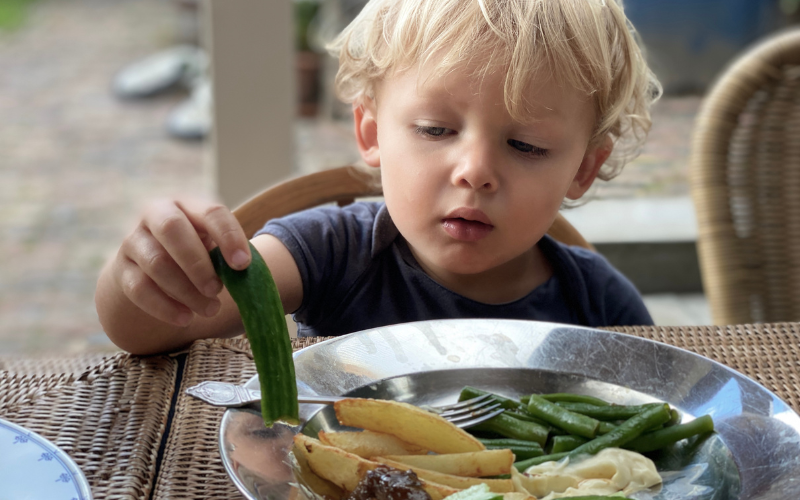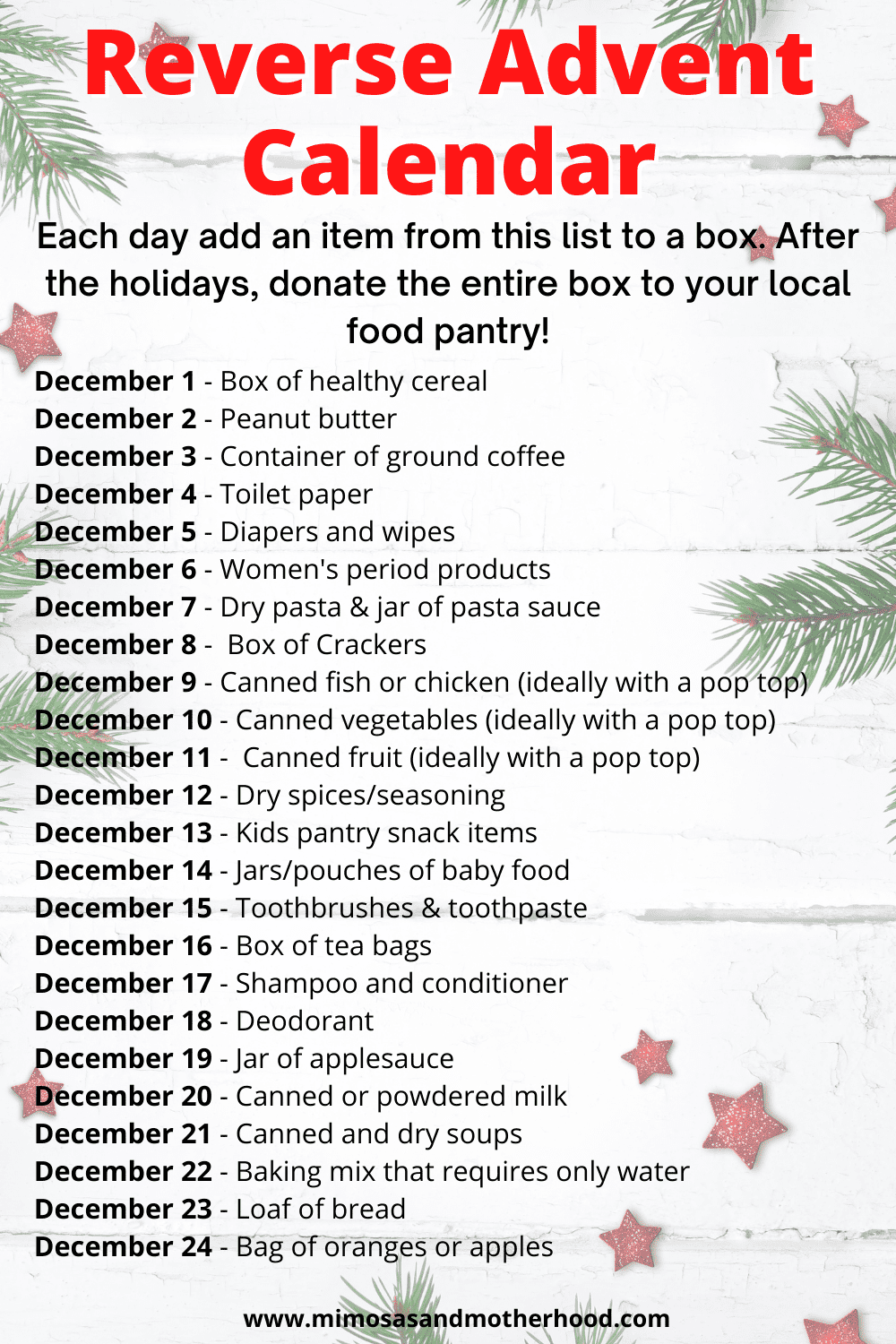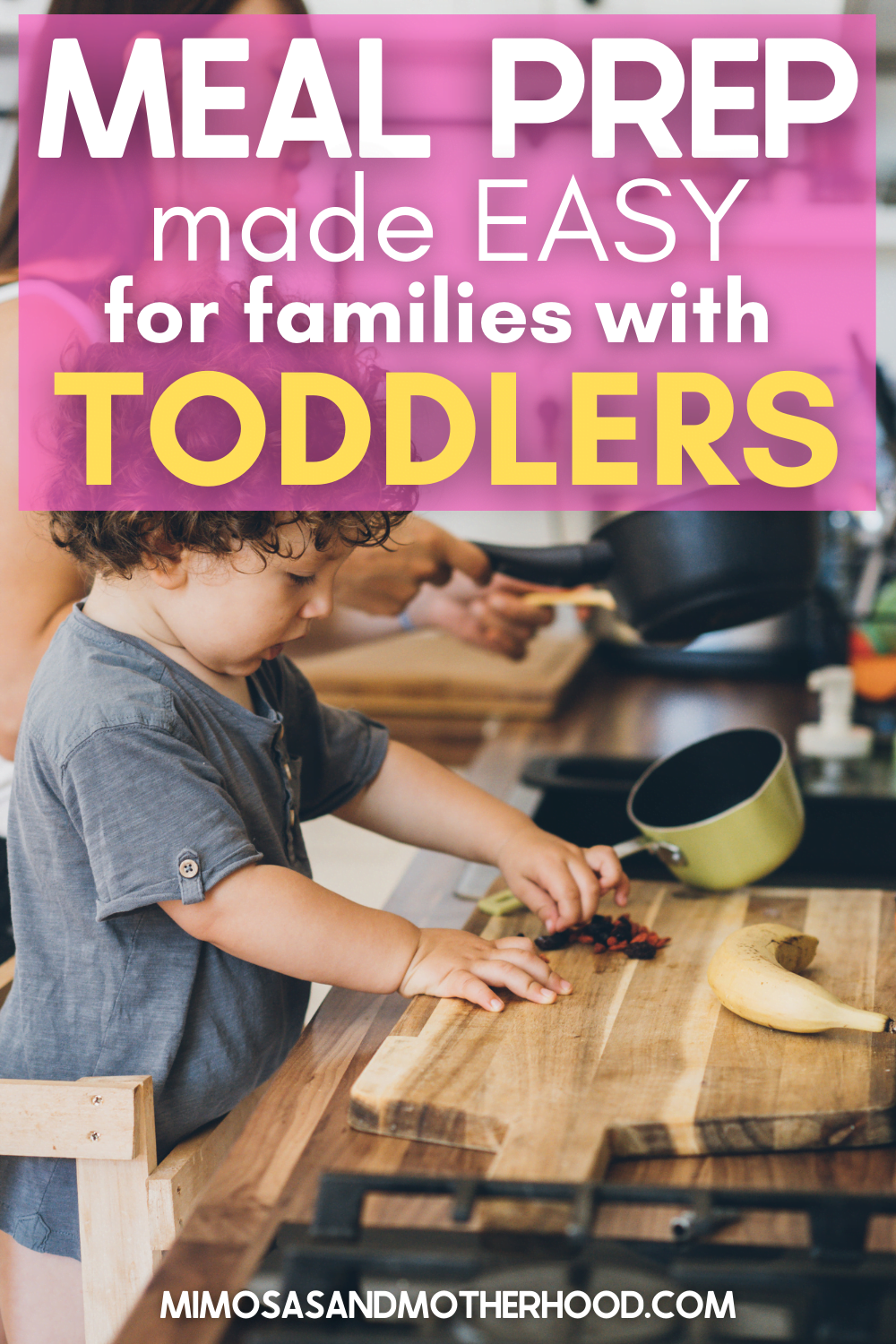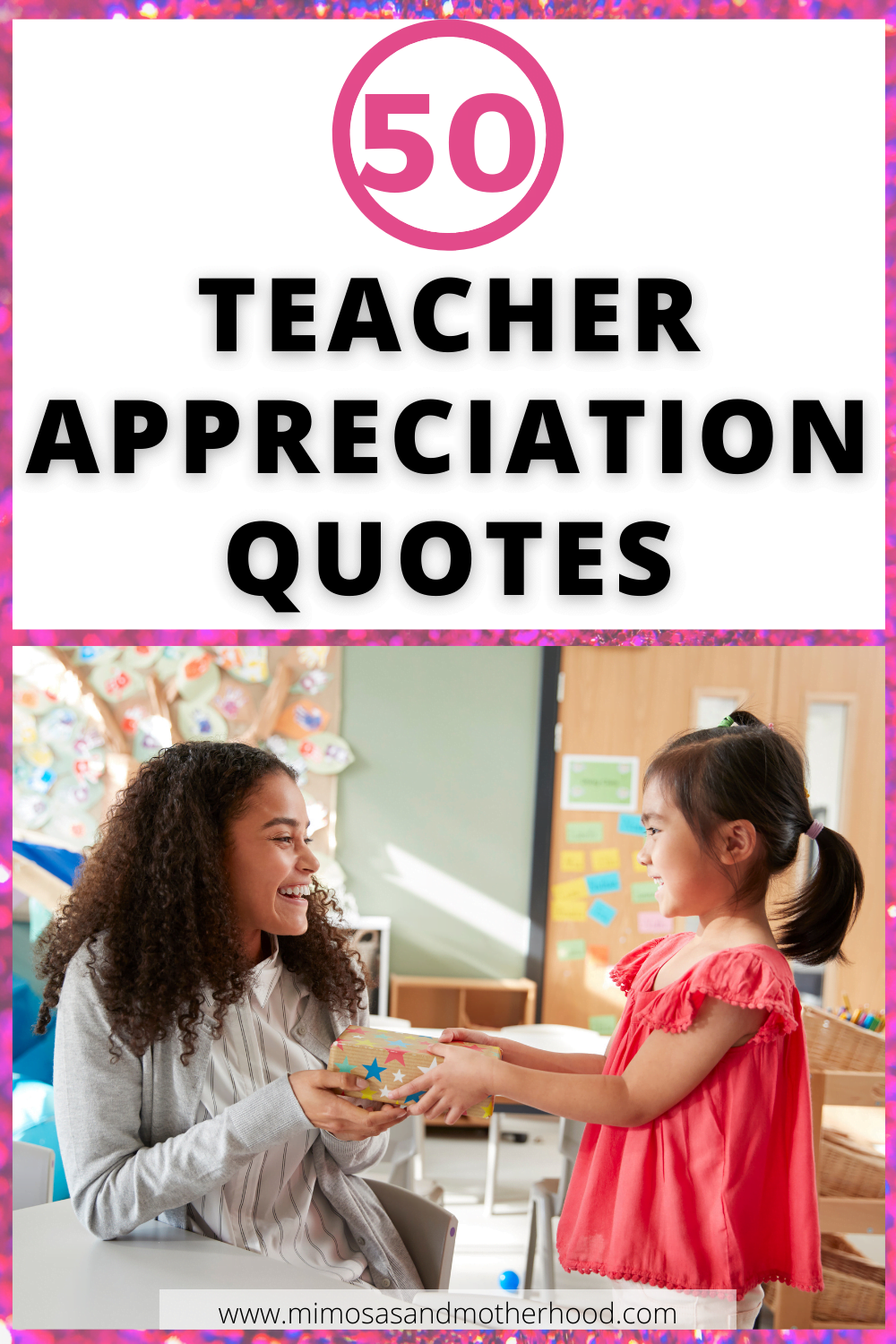Food And Meal Ideas For 1 Year Olds And Toddlers
Make it easier to feed your little one with this article full of ideas for food ideas for 1 year olds and toddlers!

So the first birthday has come and gone. The cake is cleaned up, the icing has been wiped off the face…what comes next? The first year is full of so many new adventures and experiences and food is a big part of that newness. It can be hard to know the details of how to best nourish an infant and how to traverse this new food road.
This article will delve into the realm of food for 1 year olds, including the technical things, like nutrients and safety as well as the practical aspects, like food ideas and menu planning.
Comparing to previous children or other children that you know is not a productive plan because people grow and develop differently, and can have differing nutritional needs for a variety of reason. Throughout your child’s food journey, the most important things to remember are that there are no rules (only recommendations), and your child’s body and your doctor are the best reference points.
Whether you’re an “everything-from-scratch” type of mom, a “premade-all-day” type of mom, or somewhere in the middle, you’ll find some useful and practical information in this article to help guide your planning and preparing where food ideas for 1 year olds are concerned.
This article was written by guest writer Celeste of ThatZoiLife.com, where she shares her experience, wisdom and expertise in both consciousness and motherhood. Celeste is an astrologer, writer, healthcare worker, healer, artist, musician and mom of 6 young kids!
Note: Some links may be affiliate links. That means I may make a commission if you use my links to purchase, at no extra added cost to you! I only recommend products that I personally love and believe in. Full disclaimer here.
What can I feed to my 1 year old?
There are a few important things to take into consideration first before choosing the perfect menu items for your 1 year old or young toddler.
Nutrient Requirements for a 1 Year Old
A typical toddler requires approximately 1000-1400 calories in a day. This range is dependent on their height, weight and activity level and is not set in stone. Some days your child may eat more, some days less. This caloric goal intake is to give a general idea, and it is important to remember that your child’s body is very smart and your child will follow their own innate satiety cues.
It is recommended that a 1 year old consume approximately 7 milligrams of iron each day. This can be done through iron rich foods such as red meat, and also through iron fortified foods such as grains and cereals.
Safety
During the transition between consuming only breast milk or formula, to milk and real food, to eventually only food, there are definitely some safety things to consider. With a lot of textures and tastes being new, and your child still getting the hang of chewing and swallowing, here are some precautions that you can take to make eating as safe as possible:
- Cut food into smaller pieces, ideally no wider than your pinky finger. Sometimes infants swallow whole pieces of food by accident or do not adequately chew the piece of food in their mouth. By cutting the food into small enough, bite-sized pieces, you are ensuring that, in the event that the piece is swallowed whole, it will not get stuck in their throat.
- Serve food at medium heat. This seems like a no brainer; however it is easy for an infant to grab a piece of food off a parent’s plate, or to heat something up in the microwave, forgetting that the internal temperature of something can be higher than the external temperature. By serving your child their food at medium heat, you are ensuring that they will not burn their mouths or fingers.
- Provide extra time for eating. Because life is hectic, it can be easy to not have a lot of time for eating, especially since infants often snack and graze throughout the day. By providing adequate time for your little one to consume their food, you are not only providing them an opportunity to mindfully explore the eating experience, but also preventing their mouths being overstuffed with food (which can lead to choking). This extra time also allows them to continuously improve their pincer grasp.
Variety
One of the most exciting things about solid foods and infants is that so many things are new! There are many different things that will draw someone towards specific table foods apart from taste, including texture, smell and temperature.
Providing a variety of foods prepared using different methods is another way to ensure that your child is consuming a balanced meal.

The Evolution of Taste Preferences
Are there any foods that you absolutely hated as a child, but now enjoy eating as an adult? Studies show that our tastebuds change as we grow. Interestingly, it often takes several times trying a specific food for our bodies to “acquire” a taste for that specific food. I mean, it makes sense when we consider that at one point on our journeys the only thing we consumed was breast milk or formula!
If you are having a hard time getting your infant to try new foods, or it seems that they are doomed to be a picky eater, you can rest assured that their stark refusal the first time (or second, third and 4th time) that you served that specific kind of food is not an indication that they will never eat that food or similar.
It is recommended that the infant be exposed to a specific baby food several times, which gives them many opportunities to learn to appreciate or enjoy it. As their palette matures and grows accustomed to eating different foods, their taste preference for other things will change too!
Portioning and Introducing New Foods
When portioning a food for your infant, it’s always a good idea to provide small amounts of each item. Serving your infant small portions is a great way to avoid excess food waste. Additionally, having less food on a plate all at once is a lot less likely to cause overwhelm.
There are no hard and fast rules when it comes to nourishing young children. However, there are some very flexible recommendations that are a good idea to incorporate to make sure that the new experience of eating and feeding is a positive experience for both you and your young children.
When preparing a meal for your little one, it is always best to:
- Include one food they like (so that even if they choose not to consume any of the other options, there is always one food that is safe and known to them).
- Include one food that is high in protein and/ or healthy fats
- Include one whole grain item
- Include one fruit or veggie
- Try your best to include different colours and textures at each eating opportunity
Common allergens
There are some common food allergens for infants to be aware of. The types of reactions that an infant might have can go from mild to severe, so it is important to closely observe your child during their first times eating a food, especially if that food is a common allergen.
Some common allergic reactions to food are sneezing, wheezing, trouble breathing, red swollen eyes, hives, vomiting, diarrhea and a drop in blood pressure.
Common food allergens for children are, according to the American Academy of Pediatrics (AAP):
- Cow’s milk
- Eggs
- Fish
- Shellfish
- Peanuts
- Treenuts
- Wheat
- Soy
- Sesame

You might also enjoy: Art Activities for 1 Year Olds
Healthy foods that you can serve to your 1 year old
Protein rich foods
Protein is an essential macronutrient required for growth and development, but it can sometimes be hard to get picky eaters on board. Here are some options that can help:
- Chicken nuggets: can be cut up into cubes or strips. As your infant grows, you can serve them whole, which will provide an opportunity to practice biting off a small amount to chew
- Black beans: cooked or from a can. You can also make refried beans and serve them as a side with a baby spoon.
- Hard boiled eggs: cut in small pieces, or in half if your child is ready for larger pieces of food
- Smooth peanut butter: spread on a piece of bread, a cracker, an apple or a banana
- Firm tofu: cut into little cubes or served in a rice or pasta dish
- Tuna salad: served in a bowl as a side with a baby spoon, topping cucumbers, or on top of a slice of bread or a cracker.
- Hummus: served on a cracker or slice of cubed bread
Healthy fats
Healthy fats do the very important function of giving our bodies energy, as well as supporting cell function and keeping our bodies warm. Here are some great ones for kids:
- Olive Oil: can be used to cook or fry foods (olive oil is great drizzled on roasted veggies), or used to make a hummus.
- Eggs: try different ways to prepare them, or add a little cheese!
- Avocado
- Nut and seed butters
- Chia seeds
- Flax seeds
Fruits
Eating fruits are important for bodies because fruits provide potassium, folate and Vitamin C, among other nutrients. Fresh fruit, like apples, pears, oranges, bananas, peaches or nectarines should be cut into small cubes, or slices if your child is older. Grapes should always be cut lengthwise before serving to prevent choking.
Cherries are great, but remember to remove the pits. Blueberries, blackberries and raspberries are great and the perfect size for little hands. Cut up strawberries are also a great option!
Fruit juice can be high in sugar, so it is best to offer juice sparingly in order to prevent a preference for only sweet drinks.
Veggies
Vegetables are an important source of many nutrients for our bodies including potassium, vitamin K, and folate. Veggies are also rich in fiber which is important for our digestive tracts.
- Cucumber sticks: if your child has difficulty with the skin you can peel the cucumber before slicing it into sticks
- Cherry tomatoes: there are many varieties of cherry tomatoes to choose from. Don’t forget to slice them to prevent choking.
- Tomato sauce: adding tomato sauce (either canned or homemade) to a pasta dish, or even as a side to dip bread in is a great and tasty way to get an extra serving of veggies into your toddler
- Butternut squash: drizzled with olive oil, salt and pepper, and then seasoned and cubed works great. You can also cook and then mash the squash, and serve it in a bowl with a baby spoon.
- Green beans: Green beans make great finger foods because they are easy to pick up and can be eaten both cooked and raw. If serving them raw, be sure to cut off the ends as they are hard to chew.
- Extra veggies: some other vegetable ideas that you can serve to your infant include shredded lettuce, carrots (raw matchstick, or cubed and roasted, or mashed), celery cut in small pieces, broccoli or cauliflower florets cut into small pieces, sugar snap peas, roasted zucchini cubes, spaghetti squash, cubed and roasted or mashed sweet potatoes, raw or roasted yellow, red or orange peppers and even fresh herbs such as dill or parsley along side the other food to provide a new taste opportunity.
Whole grains
Whole grains are important for human bodies because they help to provide fiber and several other vitamins and minerals. Additionally, they help to lower insulin and blood pressure levels, and raise good cholesterol levels. Here are some ways to incorporate them:
- Whole grains: pre-made foods that are made using whole grains including pasta, crackers, English muffins, fruit muffins,
- Whole wheat tortilla: these also sometimes come in flavours like sun-dried tomato or spinach
- Whole grain toast: cut into strips or cubes and topped with a spread such as cream cheese, smooth peanut butter, or cheese spread
- French toast: made using eggs and milk for extra nutrition, and cinnamon to encourage palette development
- Brown rice: can be stir fried with soy sauce and veggies, or cooked with broth to change it’s flavour profile a little. Brown rice can also be served as a side in a bowl, or with tortillas and mild salsa
- White rice: can be served all the same ways as brown rice. Learn how to make white rice fast with this easy recipe. Additionally, you can use sticky rice and make sushi rounds to serve to your little one (Don’t forget to slice them in half to prevent choking)
Dairy ideas to serve your 1 year old
Milk intake is important for a 1 year old because milk supports the body through providing Vitamin D and calcium, which supports bone growth. Ideally, a 1 year old would get 2 servings of milk or milk products daily, or they would take an additional vitamin D supplement.
In a situation where an infant does not consume cow’s milk (for whatever reason), other calcium rich items such as leafy greens, fortified cereals or cooked beans can be eaten to ensure an appropriate consumption of calcium.
They can also have dairy products such as yogurt, cheese strings, cream cheese, cottage cheese, plain yogurt or flavoured yogurt, sour cream or even whipped cream atop a pancake or dessert.
Dairy free? Here are some dairy alternatives for your 1 year old:
- Almond milk
- Cashew milk
- Soy milk
- Goat’s milk
- Oat milk
- Breast milk: even though you are working on getting your child used to eating table foods, it is still completely okay for your infant to consume breast milk either in a cup or bottle or from the breast. This can be as a snack, after a meal, or as part of your daily routine.

Meal Ideas for 1 Year Olds and Toddlers
We’ve gone over an extensive list of single items that you can feed your 1 year old. The next step is to consider a toddler meal idea for your infant. Ideally, these would be things that your whole family can also eat and enjoy so that there isn’t worry about cooking several different foods when it is meal time.
Here are some ideas that you can use for your 1 year old for breakfast, lunch and dinner meal ideas.
Breakfast Ideas
Breakfast is the most important meal of the day, especially for growing kids. Here are some easy ideas for a healthy breakfast:
- Whole grain pancakes (made with milk, eggs, whole grain flour). Served topped with butter and maple syrup, with fresh fruit cubes on the side.
- Banana pancakes (made with milk, eggs, whole grain flour). Served topped with peanut butter or butter and maple syrup, with fresh fruit cubes on the side. Learn how to make pancakes with a sheet pan in the oven in just 5 minutes here!
- Hot cereal (such as oatmeal, steel cut oats, cream of wheat or red river) served with whole milk and brown sugar, topped with banana slices.
- Cold cereal (such as regular cheerios, shred dies or corn flakes) served dry. Served with whole milk in a cup and diced fruit salad in a bowl.
- Scrambled eggs (made with whole milk), served with toast cubes and berries.
- Peanut butter on a whole grain item (such as a cut up slice of toast, English muffin or bagel), served with a side of yogurt and fresh cubed fruit in a bowl.
- Toaster waffles (ideally whole grain), cut up and topped with smooth peanut butter. Serve with fresh berries or apple sauce.
- Egg bites, which are easy to customize and whip up in the instant pot using this recipe.
Lunch Ideas
Need an easy toddler lunch idea? Here are a few options:
- Cheese quesadillas. Make them with marble cheese and a whole grain tortilla. Serve sliced into strips with a small serving of sour cream and mild salsa, along with some cucumber strips. Check out this easy cheese quesadilla recipe here.
- Peanut butter and honey sandwich (made with whole grain bread), sliced into cubes or strips, served with sliced cherry tomatoes and apple cubes.
- Macaroni and cheese, served in a bowl topped with cubed all beef hotdogs. Serve with brocolli and/ or cauliflower florets.
- Cheese toast (made in the oven with a slice of whole grain bread, topped with cheddar cheese and placed in the oven on broil for 1 minute). Cut into thin strips and served with matchstick carrots and sliced grapes.
- Tomato soup (from a can, add several whole grain crackers to thicken the texture of the soup and make it easier for your toddler to scoop it up with their baby spoon), serve with bite sized raw veggies.
Dinner ideas
Don’t let dinner get away from you! Here is some inspiration:
- Spinach fritters: Make with spinach, white cheddar cheese, eggs and whole grain flour. Serve with brown rice and cut up steamed veggies.
- Chicken breast (cubed or shredded): Served with mashed potatoes or rice and gravy and salad (shred the lettuce for your toddler)
- Shepherd’s Pie: Make with mashed potatoes, and a ground beef with peas and carrots mixture). (This is a great meal because it contains all of the main food groups so it can be served stand alone, or with a glass of milk or juice)
- Pasta or rice casserole: Make with a protein such as chicken, beef or pork, a veggie of your choosing, a sauce of your choosing and topped with cheese). (This is one of the most versatile easy meal ideas because you can use whatever you like and have on hand, and you can even use leftovers)
- Tacos: Serve your toddler the ground beef, grated cheese, shredded lettuce and sour cream and mild salsa separated onto a plate and allow them to mix and eat their food as they like.
- Hashbrowns (the cubed or shredded variety): Serve with sausages or bacon (cut up) and roasted veggies
Lunchbox ideas
Perhaps you have a child who goes to daycare or will be away from the house. In that case, it is good to have a few transportable quick toddler meals in mind so that you can know what can be easily packed up and taken with you as needed.
- Meat and cheese sandwiches (cubed, and made with whole grain bread)
- Pickles (cubed)
- Raw veggies (cut up)
- Fresh fruit (cut up. Avoid raspberries as they tend to get easily squished or mashed during transport)
- Cheese cubes
- Cheese strings
- Cubed ham
- Deli meat slices, cut up
- Apple sauce cups
- Yogurt cups
- Crackers (gold fish are great because they come in a variety of flavours and are made small so you don’t have to worry about cutting them up)
- Cooked, buttered plain rotini pasta (can be eaten cold and with fingers)
- Leftover chicken nuggets or strips (can be cut up and eaten cold)
- Cubed or shredded chicken breast (served cold)
- Cheerios

Frequently Asked Questions About Meals for 1 Year Olds
What meals can I make for my 1 year old?
Your one year old can eat most of the same foods as you, save for items that are difficult to chew or that they are allergic to. Any meals that you make for yourself can be made for your 1 year old, however make sure to omit any items that are spicy or pungent, and to serve the food in small bite sized pieces at medium temperature.
What should I feed my 1 year old for dinner?
The foods that you yourself eat for dinner are also perfectly fine to be fed to your 1 year old for dinner, save items that are spicy or hard to chew or swallow. Always make sure to serve dinner foods to your 1 year old cut up in small pieces, and at medium temperature.
Daycare snacks for 1 year old?
Daycare snacks for 1 year old should be items that are easy to transport (because you’ll be sending them from home) and ready to eat. Chopped or cubed cooked or fresh veggies are always a great choice, as are cubed and pitted fruits. Canned fruits are also great because they can be purchased in single portion sizes.
Single serve items such as cheese strings, yogurt cups, apple sauces, or goldfish cracker packages also work well. You can buy large quantities of snack items and send them in small bags or containers, such as crackers or dry cereal.
Some high protein ideas are cubed cooked meat, or a boiled egg cut in half. Some other good ideas for daycare snacks for a 1 year old are baby dill pickles, cut up waffles, cottage cheese, bagel pieces, and peanut butter on banana rounds.
What to feed a 1 year old for lunch?
There are many things that you can feed your 1 year old for lunch including raw or cooked veggies, cubed and pitted fruits, cheeses, cubed or sliced meats, cut up bread, yogurt and pasta. As a rule of thumb, you can feed your 1 year old whatever you are eating for lunch, omitting the elements that are spicy, pungent or difficult to chew.
Make sure that each item is cut up into small pieces and served at medium temperature to avoid burns or injury.
How often should a 1 year old eat?
Many 1 year olds eat several times throughout the day, enjoying the opportunity to graze at will. You can provide your 1 year old with regular meals (at the times you would eat them) as well as snacks in between.
In this way, you will be offering your child food every few hours, and, as stated below, they will eat if they are hungry, and refuse the food if they are not.
How much should a 1 year old eat at each meal?
Young children are very connected to their own satiety cues, meaning their ability to recognize when they are full. For that reason, you can provide your 1 year old with a baby sized plate filled with all of the meal elements, equaling to approximately 1 cup.
Your child will eat all that they desire, and if they want more will let it be known to you. Their bodies are very intelligent and will let them know when it is time to stop eating, even without prompting.
How can I make my meals toddler friendly?
Providing food for your 1 year old doesn’t need to be something that happens outside of your regular food preparation schedule or routine. In order to make a food or meal idea appropriate for your infant, remove any sauces or spices that are hot or pungent (serve those sauces on the side instead for everyone else), or eliminate the aspects that would make eating that food difficult.
For example, in the case of soup, you can serve your infant a bowl with mainly the solid components of the soup and just a tiny bit of broth.
Final Thoughts on Food Ideas for Little Kids
Once your 1 year old gets into a routine of eating and you begin to see food preferences emerging, you can create your own master list of easy snack ideas and favorite recipes for your 1 year old.
You’ll likely be hitting other new and different milestones at that point, your little one experiencing and learning new things…and you too learning and experiencing new things.
Motherhood has this uncanny way of showing us our own vulnerabilities in the midst of our tending to those of our cherished babes. Wishing you unparalleled joy as you traverse this first year.
About Celeste
Celeste is an astrologer, writer, healthcare worker, healer, artist, musician and mom of 6 young kiddos, among other things. She shares her experience, wisdom and expertise in both consciousness and motherhood over at ThatZoiLife.com. She loves to teach and to read, and has committed this season of her life to serving humanity through conscious motherhood, and serving her own soul through making time and space for the things that bring her deep joy. During her spare time, you can find her gardening, hanging out with her sphynx cat, and renovating her 100 year old farmhouse. She believes in hope above all things, and is convinced that there is magic in the mundane, and mundane in the magic. You can read more about her journey in becoming the “Median Woman” here or book an evolutionary astrology consultation with her here. You can also follow her on Instagram @ ThatZoiLife or here on Facebook too.







